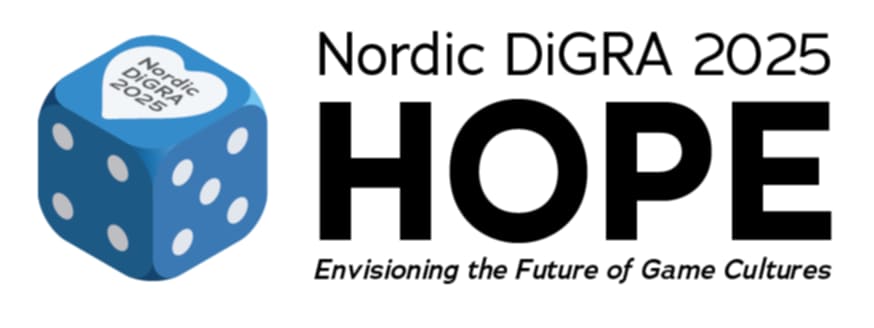Is New Material Always Better? Plastics and Games in Finnish Popular Media in the 1950s and 1960s
DOI:
https://doi.org/10.26503/dl.v2025i1.2412Keywords:
game history, media studies, material culture, plastics, sustainability, hula hoop, fadAbstract
This paper examines the relationship between plastics and games in Finland during the decades of plastic's breakthrough in consumer goods in the 1950s and 1960s. Primary sources of the study include digitized newspaper and magazine articles as well as advertisements. While I discuss several games and toys made of plastic, the primary focus is on the hula hoop, which became a global craze in 1958. At the time of the study, plastic was widely regarded as a new and useful material, employed not only in kitchens and bathrooms but also in toys and games. However, over time, plastic has come to represent a significant environmental challenge. This case study highlights how phenomena initially perceived as positive can later prove to have detrimental effects. The paper highlights the need for game history research that considers the material dimension of games and the challenges of sustainability.Downloads
Published
2025-05-26
Bibtex
@Conference{digra2412, title ="Is New Material Always Better? Plastics and Games in
Finnish Popular Media in the 1950s and 1960s", year = "2025", author = "Suominen, Jaakko", publisher = "DiGRA", address = "Tampere", howpublished = "\url{https://doi.org/10.26503/dl.v2025i1.2412}", booktitle = "Conference Proceedings of Nordic DiGRA 2025: Hope: Envisioning the Future of Game Cultures"}
Proceedings
Section
Papers
License
© Authors & Digital Games Research Association DiGRA. Personal and educational classroom use of this paper is
allowed, commercial use requires specific permission from the author.


